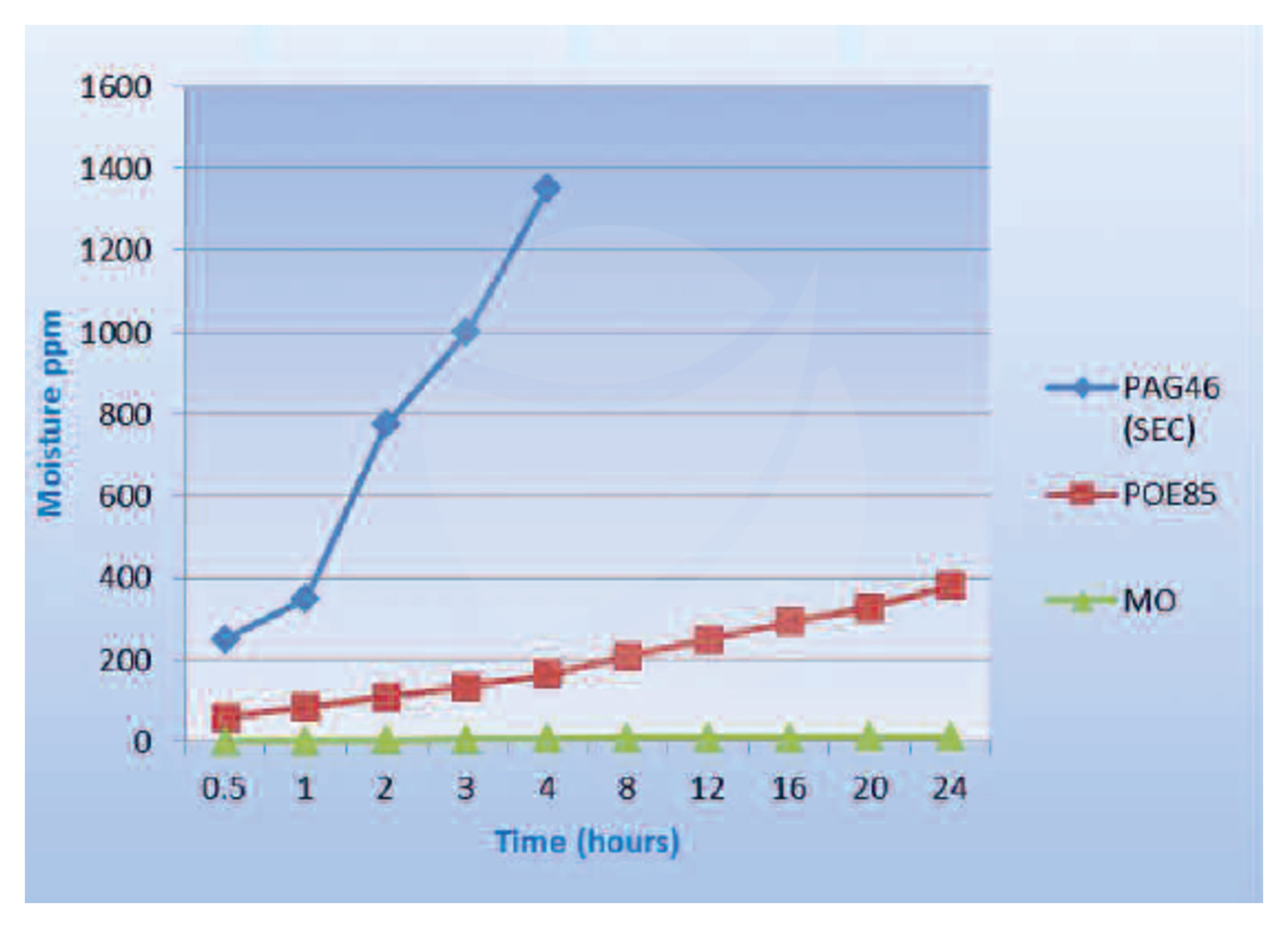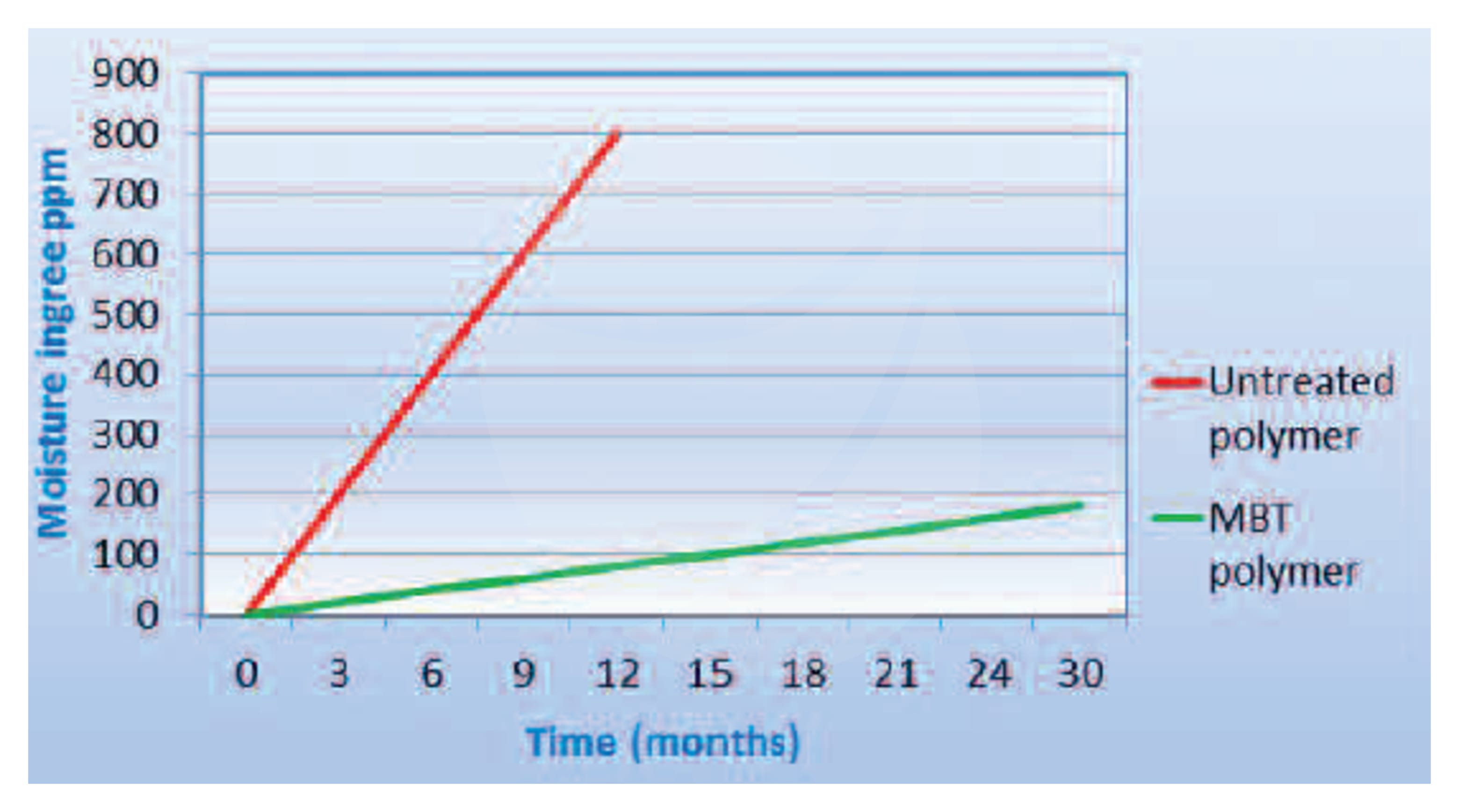The increasing importance of using the right quality and the right quantity of lubricant and refrigerant in vehicle air conditioners.
The gram (or margin strategy) is how CMs are trimming weight from new vehicles gram by gram, component by component in order to improve energy efficiency and cut CO2 emissions. The air conditioners cannot escape this process. Already, the preset generation of cars is being equipped with smaller volumes of refrigerant and lubricants than the past. The very high cost of R1234yf is another good reason to make less gas work harder.
Most new cars typically contain rather less than 500 grams of refrigerant and 120 grams or less of lubricant – less than half of what it was 15 or 20 years ago. Some systems have as little as 75 grams of oil. We expect this trend to continue as the pressure to reduce vehicle weight intensifies.
In future, technicians will need to be more precise about both the quality and quantity of redi8ferant and oil in the system because too much oil reduces performance and too little oil can lead to component damage. Equally, with less lubricant in the system the quality of lubricity of the oil becomes more important to cooling performance.
Whenever possible, each time and air conditioner is serviced, all the refrigerant and all the oil should be completely removed, The correct amounts and proportions of refrigerant and lubricant (as recommended by the VM) can then be re-charged into the system. This can make a huge difference to cooling performance as we have witnessed in the Australian climate.
Which oils to use for Hybrid electric cars
The issue with electric compressors is that the oil can contract live electrical parts, so the oil should be as non-conductive as possible. The industry is most comfortable with POE based oils. They have been successfully used for over 20 years to lubricate electric compressors in refrigerators.
A Hybrid safe PAG is available with a manufactured moisture content of <300ppm and comparable dielectric properties, but it meets market resistance because of entrenched perceptions. Lubricant quality – avid value, water content, residual catalyst content – is the most important.
Hygroscopic characteristics of different oils
The graph shows typical moisture absorption into the three respective oils over time when left in an open container. Red the sections of PAGs and POW for more information. It illustrates the are with which PAGs and POWs should be treated. It does not show free water which may form in the open container of a mineral oil. See also the section on our Moisture Barrier treated containers.
 |
|
Packaging and processing of lubricants
Received wisdom can be defined as knowledge or information that people generally believe is true, although in fact it is often false. Received wisdom holds that synthetic oils like PAGs and POWs should always be packaged in metal containers. The thinking behind this is that moisture cannot pass through metal but like all rigid rules and standards, receive3d wisdom can be a block to innovation when followed blindly.
Now, there is nothing wrong with metal containers, apart from the fact that they are very easily dented during transport are more expensive than polymer containers and may also be liable to internal condensation after the first opening, there is also no guarantee that the oil was not compromised before being put into the metal container.
At Highgate Air, we use to receive regular complaints from customers that the metal cans and bottles has arrived dented at their destination. That is what led us to our new MBT polymer containers for all liquids in packs up to 5 liters. MBT stands for moisture barrier treated. This high-energy process increases the density of the container surfaces inside and out, reducing permeability, increasing chemical resistance and giving excellent surface barrier properties.
So we now package our oils, dyes and Hi Cool in these special MBT polymer containers, ranging in size from 30ml up to 5 liters. Before we fill them the pre-treated containers are purged with oxygen free nitrogen, then filed with the lubricant and sealed. These combined processes dramatically improve the shelf life, as illustrated in the graph, and they do not get dented in transit,
When all is said and done, the quality of the oil itself and the conditions under which the oils are filled are more important than whether the bottles are metal or non-metallic containers.




